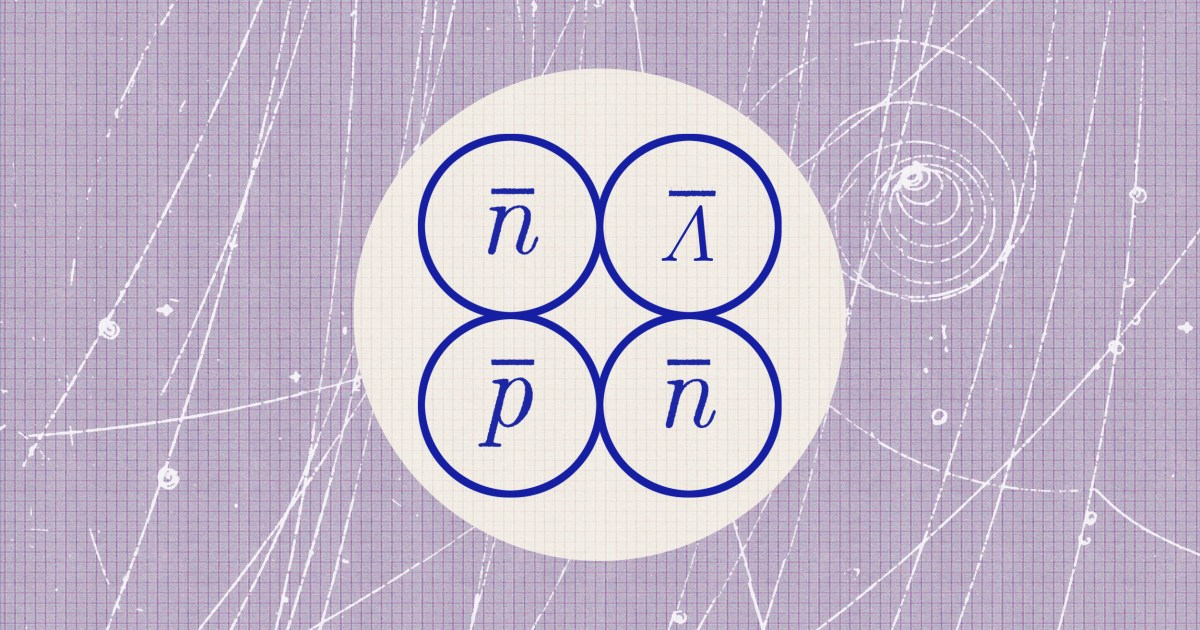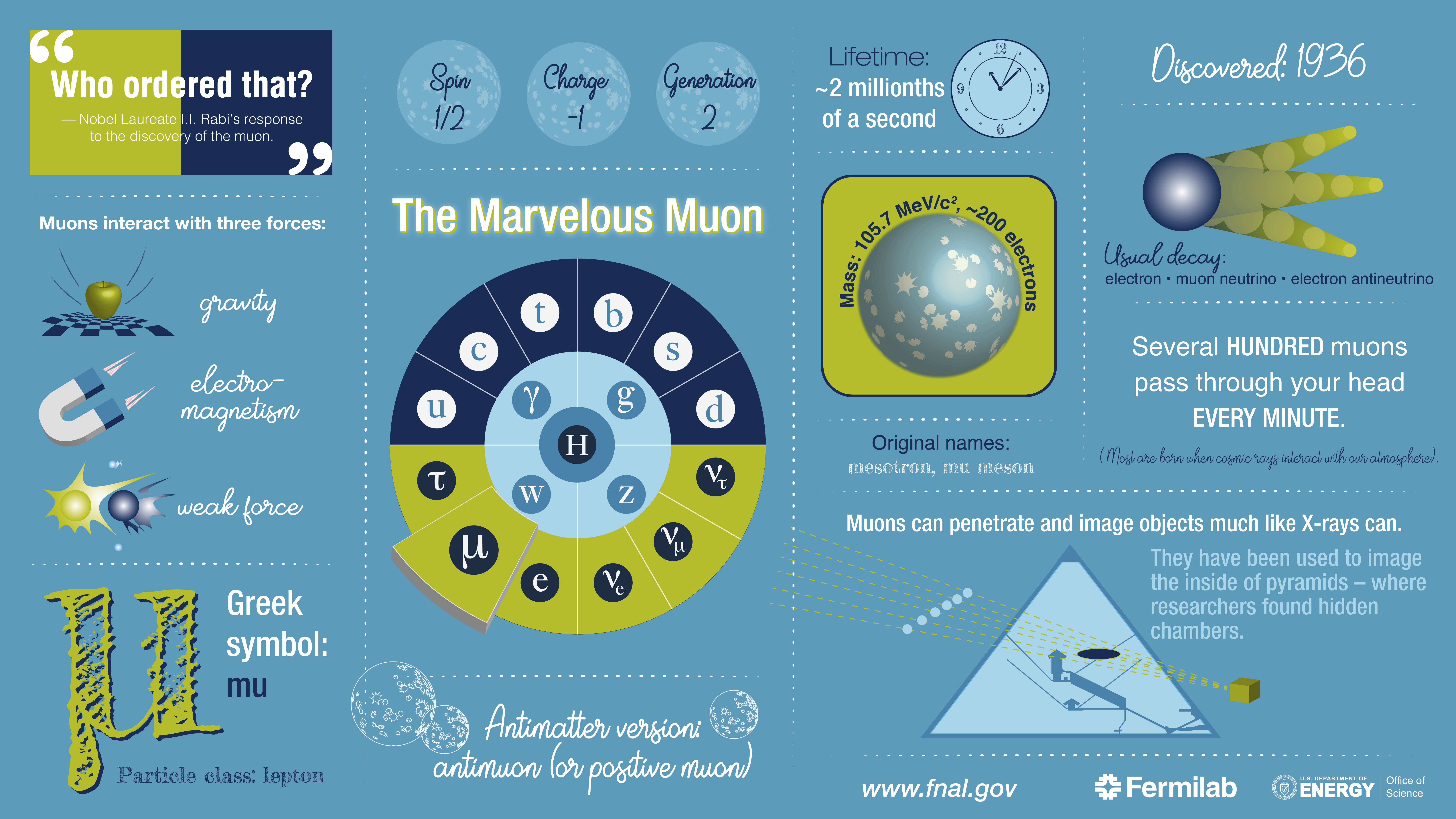Antimatter Captured!
Scientists at Europe’s best particle-physics laboratory have been able to trap a very small amount of antihydrogen—the simplest type of anti-atom—for the first time.
Sign up for the Smarter Faster newsletter
A weekly newsletter featuring the biggest ideas from the smartest people
In reality, no one has ever been able to drop an anti-apple and watch it fall down (or up), and the antimatter produced in particle colliders is so energetic that it is hard to examine with the tools of precision physics. For decades, physicists at CERN and elsewhere have been trying to overcome these limitations with antihydrogen, which consists of a single positron orbiting a single antiproton. By shining laser light onto hydrogen or antihydrogen and observing which wavelengths are absorbed, the energy levels of the two can be compared in detail. And since hydrogen is electrically neutral, it should be possible to observe gravity’s tiny tug on it without the confounding effects of electrostatic attraction to other particles.
Sign up for the Smarter Faster newsletter
A weekly newsletter featuring the biggest ideas from the smartest people




